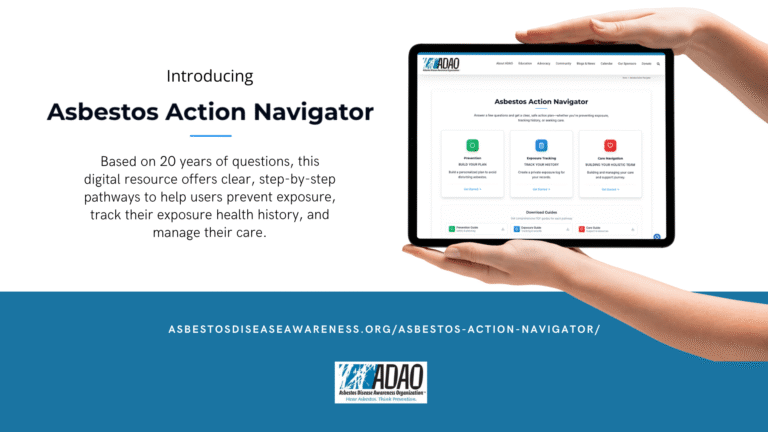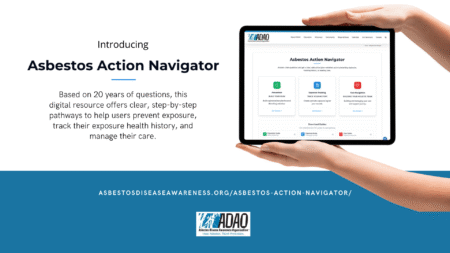March 18, 2025
As we reflect on the first anniversary of the EPA’s Part One Chrysotile Asbestos Rule announcement, which regulated one type of asbestos fiber and six limited conditions of use, we are proud to say it was a significant step in addressing the known public health hazard from asbestos.
Yet, it’s important to consider both the progress made and the challenges that lie ahead. Quite simply, our work isn’t done. The rule is now facing a judicial review in the Fifth Circuit Court of Appeals due to industry challenges. This could establish precedent for how other chemicals under TSCA are evaluated, so a lot of at stake, not just for asbestos advocates, but for everyone who wants to keep the public safe from dangerous chemicals. Industry stakeholders, while specifically targeting the asbestos regulation, are likely viewing this as a test case with implications for broader chemical regulation to see what they can achieve through the courts.
Congress passed the 2016 Lautenberg Chemical Safety Act to strengthen the EPA’s regulatory authority after the agency’s 1989 comprehensive asbestos ban was overturned in court. The courts found EPA lacked the authority to properly regulate these threats on behalf of the public and Congress was aiming to fix that by empowering them with greater authority to protect the American people. However, the current legal challenges demonstrate that regulatory implementation remains contentious ground.
In addition, recent staffing changes and resource allocations within the EPA have raised concerns about the agency’s capacity for robust enforcement and scientific research, especially as industry allies have been re-instituted into top policy making roles related to chemicals. Career staff with deep institutional knowledge are essential for implementing complex regulations, and maintaining and listening to this expertise is critical to properly protect public health.
Further, the EPA’s decision to focus exclusively on chrysotile—just one of six recognized asbestos fiber types—creates practical enforcement challenges. Without comprehensive testing protocols, distinguishing between fiber types in products is difficult, potentially creating regulatory gaps.
As we look ahead to Asbestos Awareness Week (April 1-7, 2025), which will be recognized in the upcoming 2025 U.S. Senate Asbestos Awareness Week Resolution, we’re reminded of the continued importance of education and advocacy. As legal battles continue and asbestos remains a threat to the American people, this dedicated week serves as a vital opportunity to raise awareness about preventing asbestos exposure and eliminating all asbestos-related diseases.
The anniversary of this rule, alongside our ongoing awareness efforts, underscores that the future of asbestos regulation—and by extension, the regulation of other harmful substances—depends on robust science, adequate enforcement resources, and a regulatory framework that prioritizes public health. We must continue to work together to ensure the American people and public health are protected from these dangerous chemicals once and for all.
Linda Reinstein



